The extension port is a bit of PCB that extends outside of the box and provides 19×2 signals for external boxes.
Loooong ago, I had the matching female connector (while it was still semi-popular, early 90s). It's now impossible to find. And NO store I know (online or brick&mortar) has it anymore.
I can still find a few rare extension boards online but they are pretty unadapted:
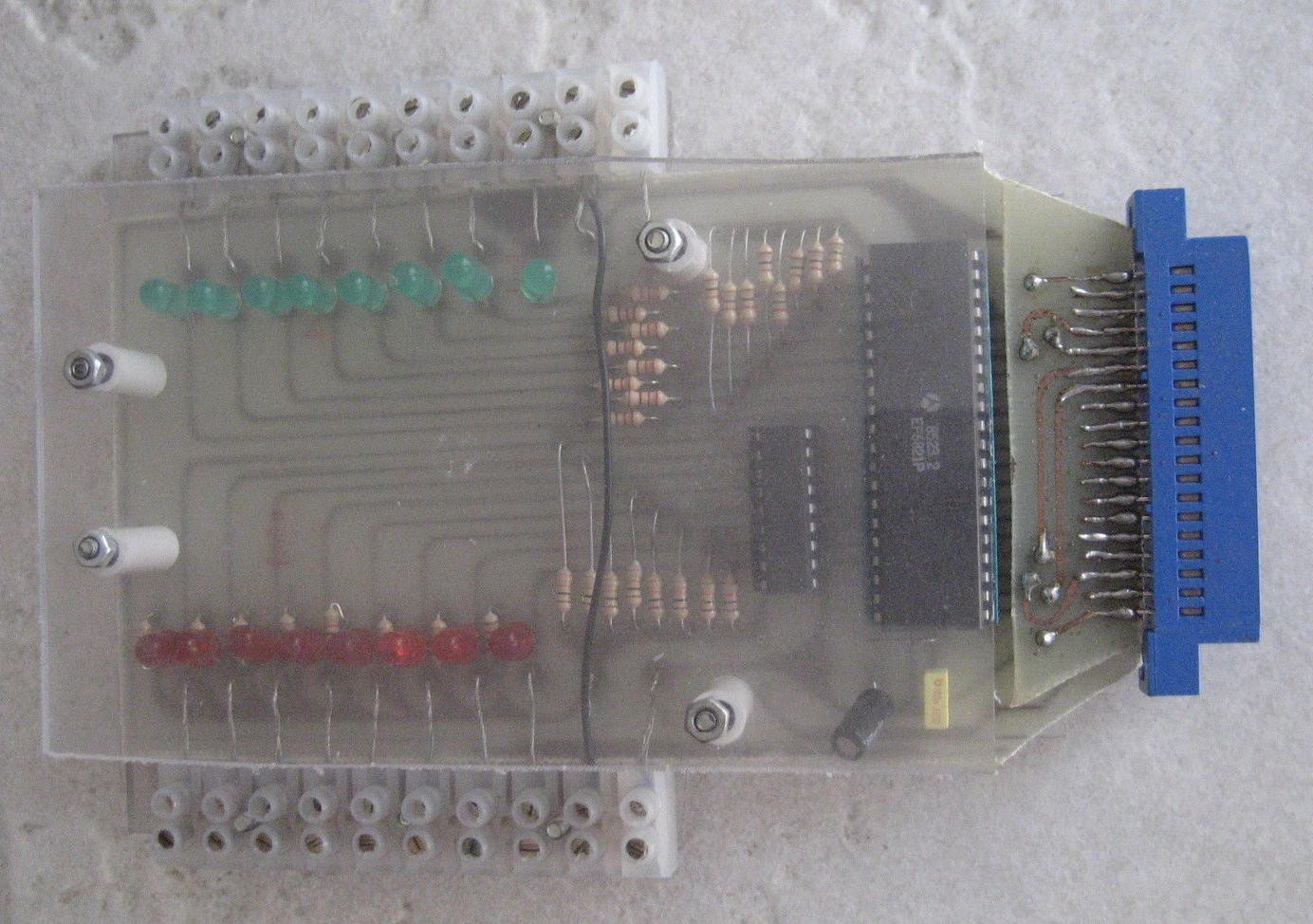
(this one uses a EF6821 for GPIO but 74HCT273 would be good as well)
Still, impossible to find original 19x2 connectors. Maybe I'll have to desolder one from existing modules ?
I resolved myself to get standard 20×2P connectors in the hope I could "tweak" them.
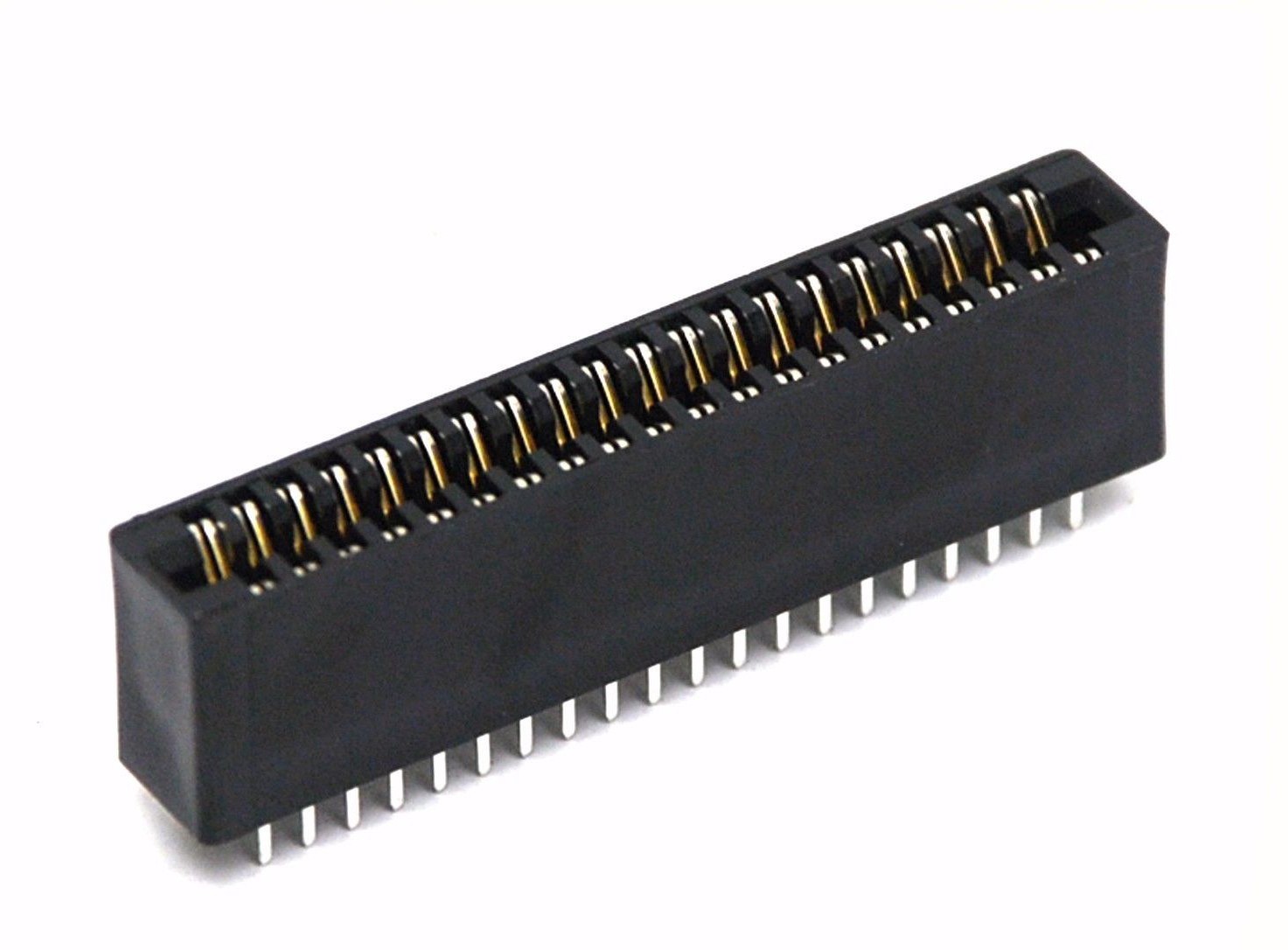
The mechanical adaptation is a bit tricky but not impossible...
Here is an original extension module (it provides some sort of network)
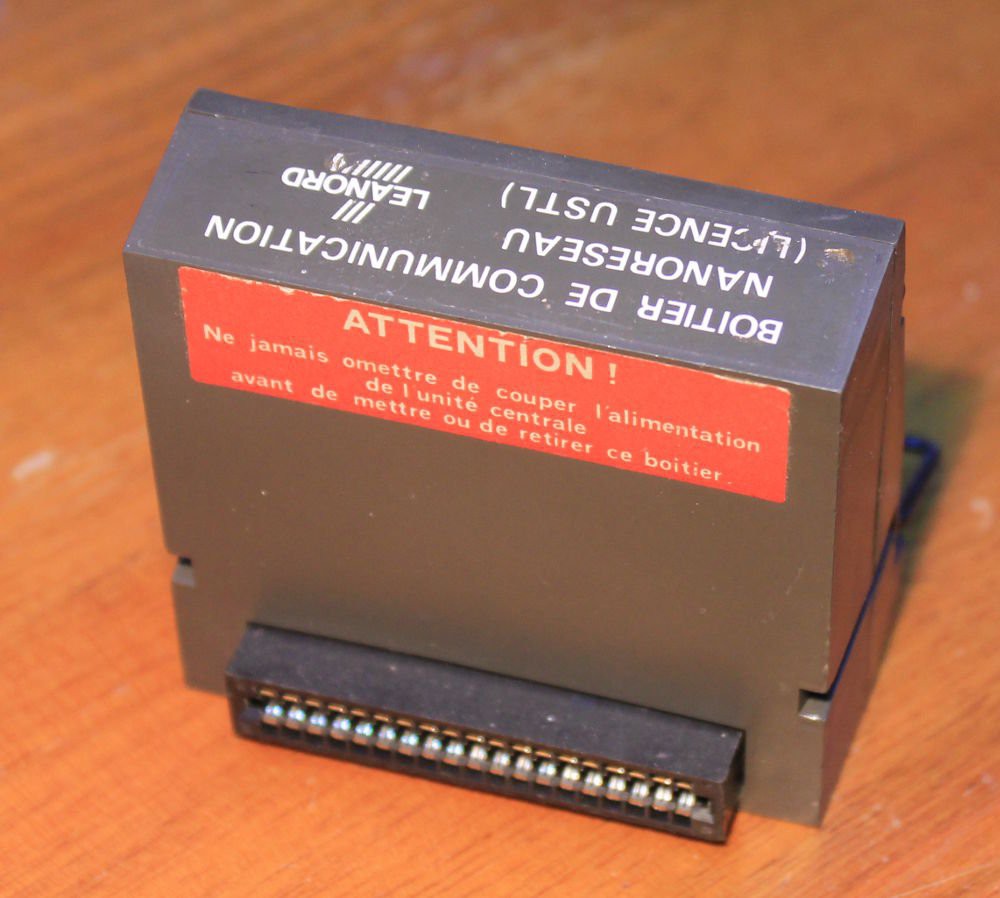
It mates on this edge connector :

The mating is possible with special grooves on the sides, that prevent reverse or shifted connection :

The new connector is almost identical, only one pin larger :
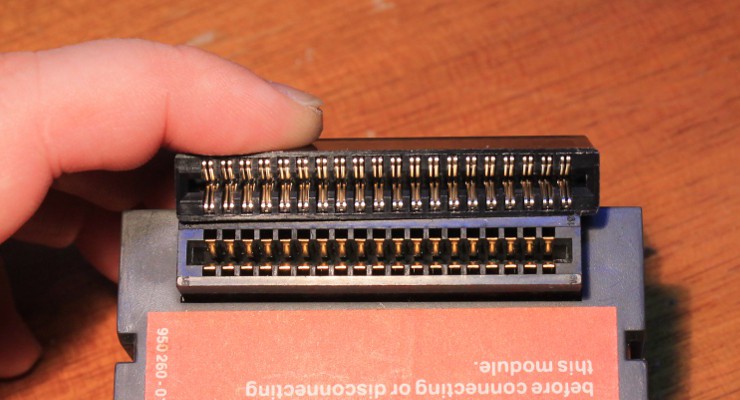
Adaptation will be a bit tricky :
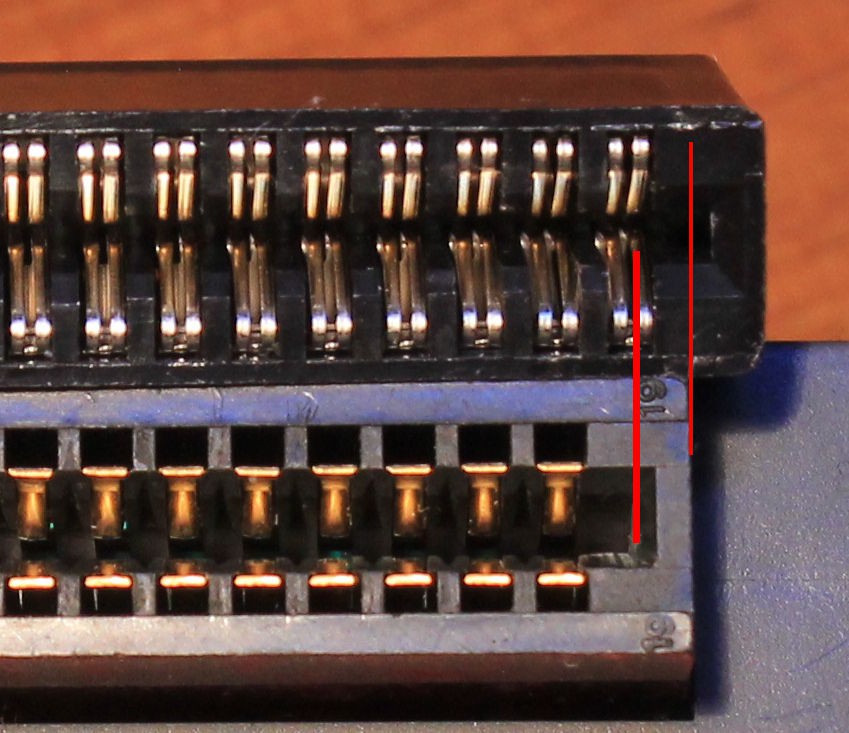
The last position must be half-filled...
Another possibility is to change the format. One adapter can plug in the computer with a vintage socket, and provide all the signals to a more modern format (like PATA 20×2 connectors ?)
The extra pins can provide more GND and of course a key pin to prevent shift/reverse connections...
 Yann Guidon / YGDES
Yann Guidon / YGDES
Discussions
Become a Hackaday.io Member
Create an account to leave a comment. Already have an account? Log In.